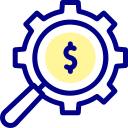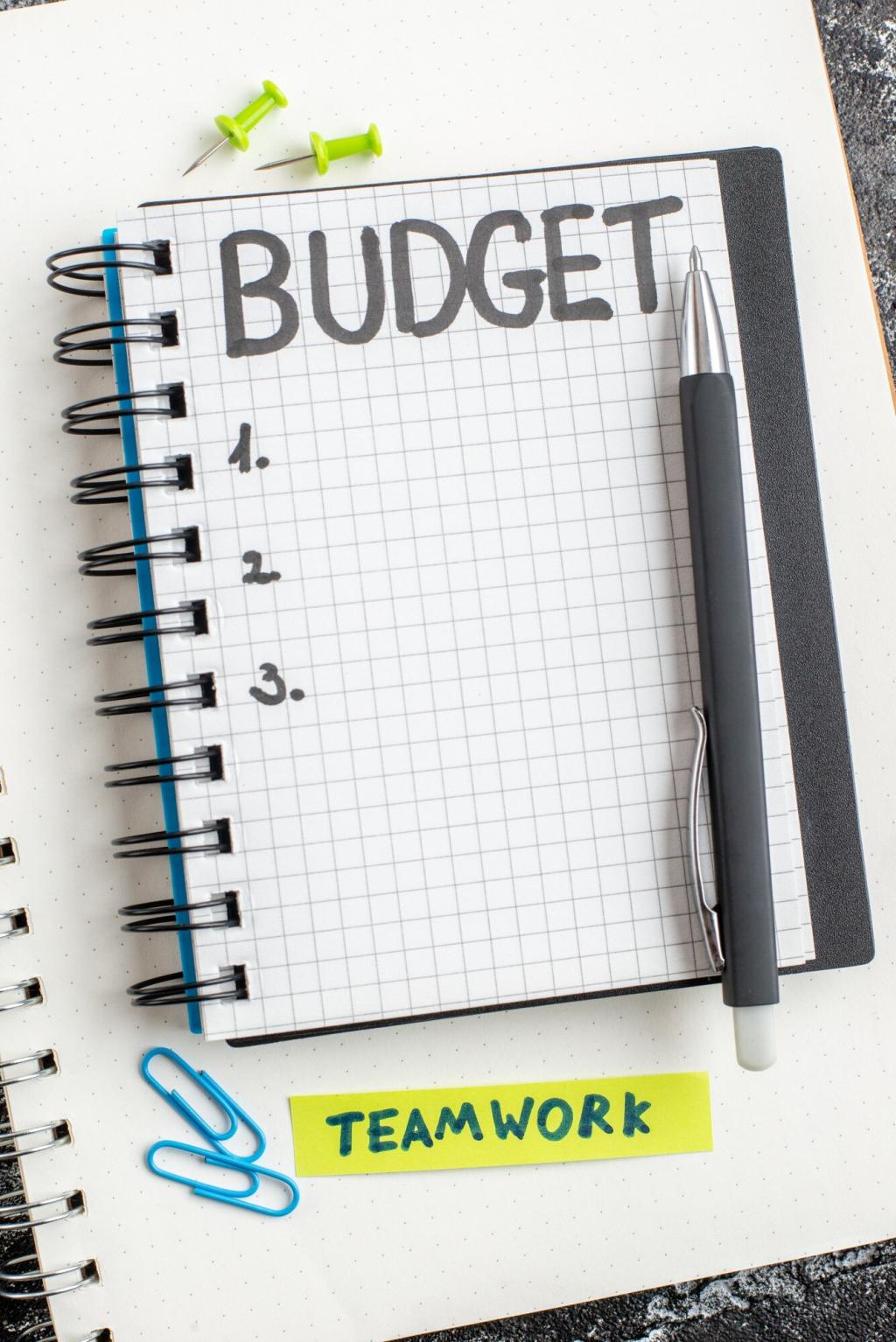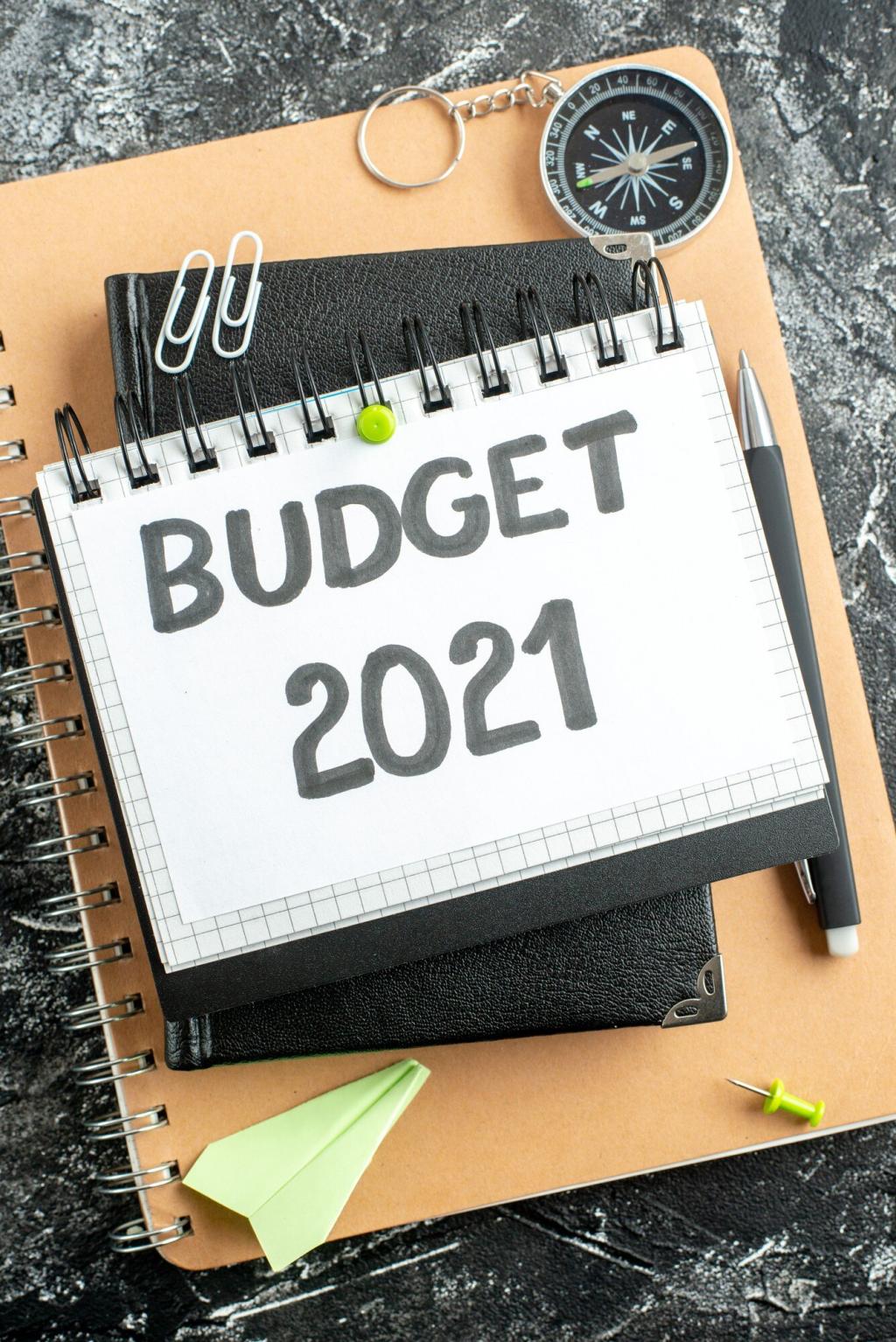How AI Changes Budgeting Forever
AI budgeting apps learn from your past transactions to predict categories with impressive accuracy, even when merchant names are messy. Over time, corrections improve the model, cutting manual edits and letting you focus on goals instead of data cleanup.
How AI Changes Budgeting Forever
Instead of simply tallying what already happened, AI budgeting apps project balances, bills, and upcoming expenses. The timeline view shows potential shortfalls early, giving you time to adjust saving, shift due dates, or automate transfers to stay confident.
How AI Changes Budgeting Forever
One reader noticed an unusual grocery spike flagged by their app’s anomaly alert. That single nudge sparked a pantry challenge week, trimmed spending by forty dollars, and helped cover a surprise prescription pickup without dipping into emergency funds. Share yours too.
How AI Changes Budgeting Forever
Lorem ipsum dolor sit amet, consectetur adipiscing elit. Ut elit tellus, luctus nec ullamcorper mattis, pulvinar dapibus leo.



